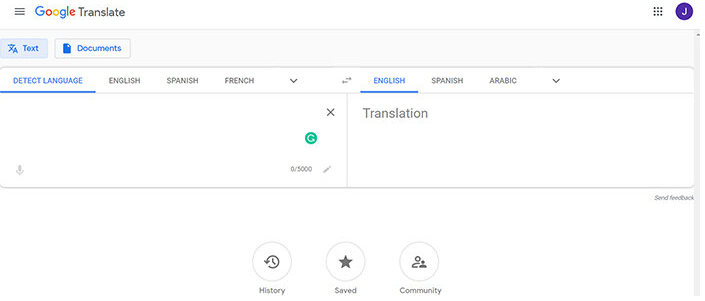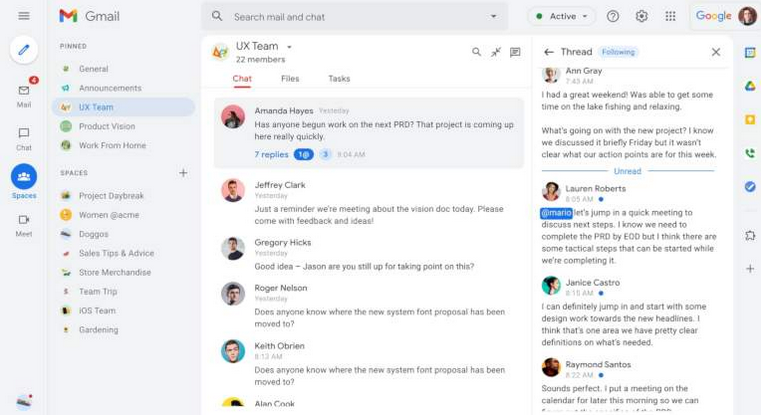
That machines can understand human language and, moreover, respond to it in a coherent way is the ambition of natural language processing, a branch of artificial intelligence (AI) that is increasingly gaining prominence for businesses to get insights from data and automate routine tasks, such as translations, spell-checking or topic classification.
What is natural language processing?
It is possible that a priori we do not understand what NLP is, but without knowing it, we all know some real applications of this technology that are in our daily lives. Good natural language processing examples are voice assistants, such as Siri or Alexa. These devices understand what we say and transform it into numbers, making it understandable to machines. But what is more remarkable is that thanks to natural language processing, computers don’t just understand meaning, they also understand sentiment and intent.
What lies behind NLP is an analysis of the words and grammatical structures of the sentences we humans say with algorithms to extract meaning and deliver results. In short, the goal of natural language processing is to make human language – which is complex, ambiguous and extremely diverse – easy for machines to understand.
NLP, AI, Machine Learning, Deep Learning… What are they and what is the difference?
We come across these terms on many occasions, but do we know what they are and, above all, do we use them well?
To begin with, we need to understand that Machine Learning, Deep Learning and NLP are subsets of Artificial Intelligence (AI), a large umbrella under which all technologies that aim to simulate human intelligence are grouped.
As we have already mentioned, NLP deals with how computers understand and translate human language, but in order to automate these processes and offer specific responses, it needs Machine Learning. Machine Learning is the process of applying algorithms that teach machines to learn and improve automatically from experience without being explicitly programmed.
Finally, Deep Learning is an even more specialised sub-type of Machine Learning, as it employs an approach closer to the way the human nervous system works.
The use of deep learning in natural language processing was an extraordinary change, as deep neural networks, the technique on which deep learning is based, revolutionised the image processing that influences PLN techniques.
NLP for bots creation and other great applications
Natural language processing applications are developing at a rapid pace and can mean a great competitive advantage for organisations that are able to implement them in their day-to-day operations.
NLP can speed up business processes, reduce monotonous tasks, and even improve relationships with your customers. How? Let’s see the top 3 business applications of natural language processing in action:
Chatbots
A very good example is natural language processing chatbots, which are very present today in customer care and technical support services, as they enable what was previously impossible: helping customers 24/7 and automatically resolving questions without any human intervention, as well as providing support to multiple customers at the same time.
Customer service bots can improve customer experience and support, and at the same time dramatically increase the efficiency of the support team. Using PLN bots saves time, improves customer satisfaction and creates a more robust support experience.

Automated Translation
Using an online translator has been commonplace for years, but we were used to the fact that the results of these platforms included blunders resulting from an overly literal translation that did not take into account the context or other aspects. This is now a thing of the past. Now, online translators are reliable and super powerful thanks to NLP.

Email Filters
The filters that email services incorporate are becoming increasingly powerful and reliable. And they are not only for spam and advertising; in addition to spam, there are filters that automatically sort emails by priority, content, sender, etc. And behind it all is, of course, natural language processing.

Closing
Natural language processing in AI is a trend that we will hear more and more about as it can be a key differentiator for any business. It offers a unique opportunity to automate monotonous tasks, reduce manual work and improve efficiency in many processes and areas.




